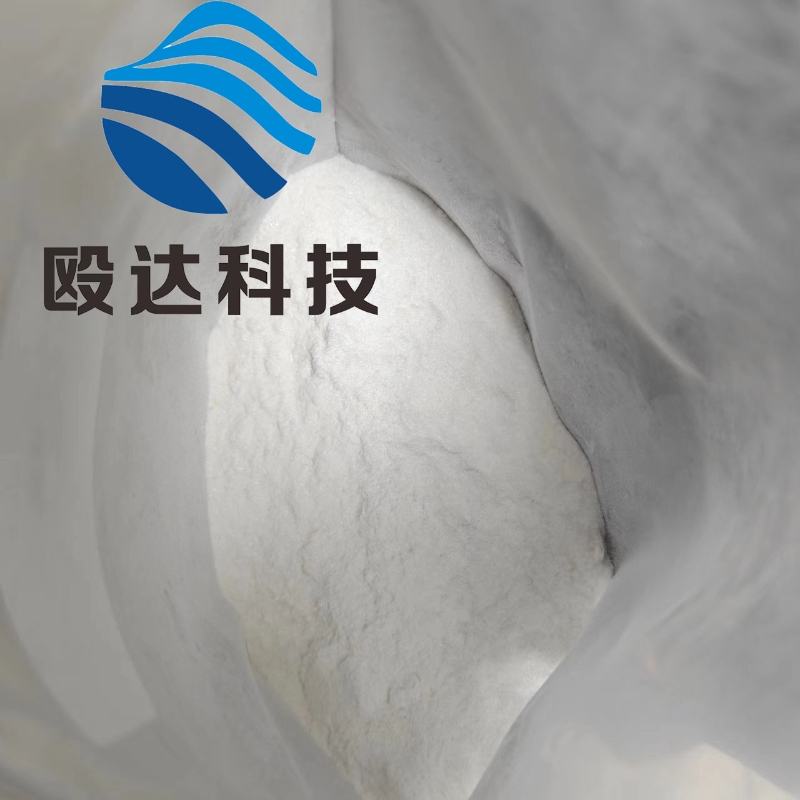-
Categories
-
Pharmaceutical Intermediates
-
Active Pharmaceutical Ingredients
-
Food Additives
- Industrial Coatings
- Agrochemicals
- Dyes and Pigments
- Surfactant
- Flavors and Fragrances
- Chemical Reagents
- Catalyst and Auxiliary
- Natural Products
- Inorganic Chemistry
-
Organic Chemistry
-
Biochemical Engineering
- Analytical Chemistry
- Cosmetic Ingredient
-
Pharmaceutical Intermediates
Promotion
ECHEMI Mall
Wholesale
Weekly Price
Exhibition
News
-
Trade Service
On April 1, an article titled "Evolution of innovative drug R&D in China" written by the team of researcher Chen Xiaoyuan of Tsinghua University was published online in the journal Nature Reviews Drug Discovery (IF=84.
Share this article here for your reference
The combination of scientific and technological progress, government incentive policies and regulatory reforms has greatly promoted the development of innovative drugs in China
As of July 1, 2021, there were 2,251 Chinese drug candidates (including drugs and biologics, excluding generic drugs and biosimilars) in all therapeutic areas, including 418 FIC drugs, 473 fast-follower drugs, and me- too drug 923 (Figure 1)
Figure 1.
Supplementary Figure 1.
Oncology is the disease area with active research and development of newest drugs in China so far, accounting for 55% of the total drugs; followed by infectious diseases, accounting for 11%
Figure 2.
Supplementary Figure 2.
Based on the success of me-too drugs, many biopharmaceutical companies have increased their confidence in pursuing FIC or fast-follower drugs, such as the first BLyS/APRIL dual-target fusion protein tetacept approved in 2021 for the treatment of lupus ( telitacicept)
Among the next-generation drugs, cell therapy is the most numerous, followed by bispecific or multispecific antibodies (Fig.
Supplementary Figure 3.
Relative to the researcher's survey data on the oncology drug pipeline in January 2020, the number of anti-cancer drugs under investigation has grown from 787 to 1,283 (Figure 3), with the growth mainly driven by immuno-oncology (IO) drugs (281) and Targeted (180) drug driven
Figure 3.
Consistent with the overall FIC drug pipeline, cell therapy and bispecific or multispecific antibodies dominate the FIC drug pipeline in the oncology space (Figure 3)
Supplementary Figure 4.
Supplementary Figure 5.
FIC antitumor drug target probability
In terms of source, 17% of oncology drugs were licensed from overseas developers, comparable to 2020 (18%, Supplementary Figure 6)
.
Among them, the proportion of drugs in the synchronous or higher stage in China increased from 21% (29/138) to 39% (84/214)
.
27 oncology drug candidates have been licensed to overseas companies, and 6 drugs have received Fast Track or Breakthrough Therapy designation from the US FDA
.
Supplementary Figure 6.
Overview of in-house and overseas in-licensed antitumor drug development in China (2021 vs 2020)
Infectious diseases was the second most popular therapeutic area, including 46 FIC drugs, 52 fast-follower drugs and 114 me-too drugs
.
Of these, 60 drug candidates are focused on hepatitis
B.
Novel MoAs include inhibition of HBV entry, modulators of HBV capsid assembly, RNAi therapeutics, and anti-PD1/PDL1 antibodies
.
It is worth noting that the first domestic subcutaneous PD-L1 nanobody, envafolimab, recently showed the potential to functionally cure chronic hepatitis B in a phase IIb trial (NCT04465890)
.
The COVID-19 pandemic has also spurred aggressive efforts to develop effective treatments and vaccines
.
Since 2020, in addition to the 4 domestic vaccines approved in China, there are 36 newly developed domestic therapies and vaccines for COVID-19, and another 25 investigational drugs for COVID-19
.
It is worth mentioning that in December 2021, the world's second COVID-19 neutralizing antibody combination therapy, ambavirumab (amubarvimab) and romisevirumab, was discovered and co-developed by academia and industry in China.
Antioxidant (romlusevimab), has obtained marketing authorization in China, and is considering seeking emergency use authorization (EUA) from the FDA
.
Outlook
Outlook China's dynamic landscape of innovative drug candidates is increasingly giving rise to marketed products
.
In fact, with a record 69 new drugs and vaccines approved by the NMPA in 2021, the global reach of these drugs is expected to increase
.







